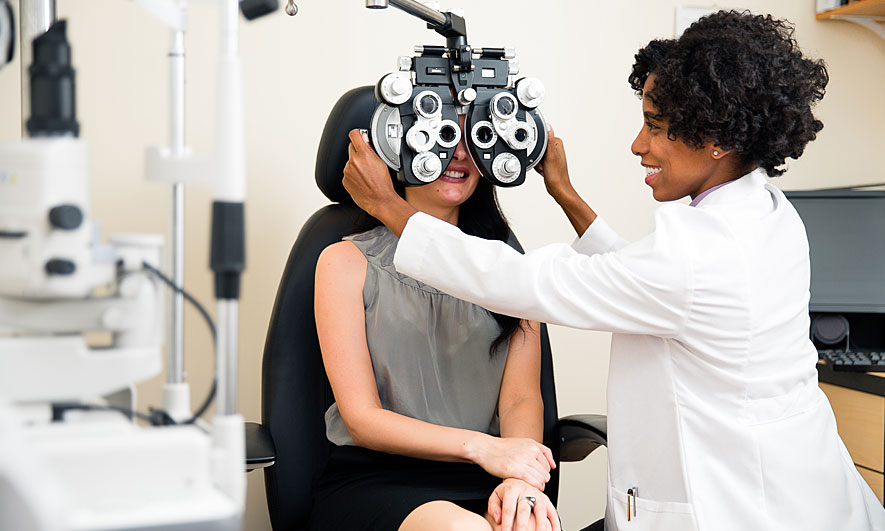If you’re working at a desk all day, it’s a good idea to pay attention to ergonomics. Why is this important? Over time, repeated stress to your body can cause musculoskeletal injuries like:
- Carpal tunnel syndrome
- Tendinitis
- Rotator cuff injuries
- Muscle strains
- Lower back injuries
While you may think these injuries only occur in offices, that’s not true. You’re at just as much risk working from home as you are at your desk in the office. To get started improving your working conditions, read through our infographic below for useful ergonomics tips and tricks:
WFH Ergonomic Health: 7 Ways to Avoid Text Neck (And Other MSDs)
Whether standing, sitting or a mix of both, how your workstation is set up can impact your health. Here’s how:
Why is Ergonomics Important?
One Third
of all private industry injuries were from sprains, strains and tears1
12 Días
spent away from the job due to injury from an MSD by the average worker2
1.8 Million Workers
report musculoskeletal disorders (MSDs), such as carpal tunnel syndrome, tendinitis and back injuries each year3
600,000 Workers
miss work every year because of ergonomic injuries4
45 to 64 Year Old
workers had the most injuries reported5
Approx 70%
of an office workers’ time is spent sitting.6
Over 80%
of U.S. jobs are predominantly sedentary, putting office workers at increased risk.7
1 in every 2
adults has an MSD.8
Improving Ergonomics in Your Workspace
To avoid injuries during your workday, follow these ergonomic tips:
- Position your feet flat on the floor. If you’re using a footrest, angle your feet slightly.
- Set your keyboard at about elbow height.
- Make sure the top 3rd of the display is at eye level. At home, use a laptop holder or even books to achieve this.
- Position your monitor directly in front of you to avoid twisting your back and neck.
- Hold your wrists flat and avoid resting them on your forearms, desk or on the table edge.
- Angle keyboard tilted slightly away from you or flat to reduce straining your wrists while typing.
- Take breaks and move around every 30 to 90 minutes to improve blood circulation.
1 Bureau of Labor Statistics (BLS), "Work Injuries and Illnesses Resulting in Visits to Medical Treatment Facilities," 2018.
2, 5 Bureau of Labor Statistics (BLS), "Injuries, Illnesses, and Fatalities," 2018.
3, 4 Occupational Safety and Health Administration (OSHA), "Ergonomics: An Overview," 2018.
6 International Journal of Environmental Research and Public Health, "Workplace Sedentary Behavior and Productivity: A Cross-Sectional Study."
7 American Heart Association, "Gamifying Accelerometer Use Increases Physical Activity Levels of Sedentary Office Workers."
8 Bone and Joint Initiative USA, "The Impact of Musculoskeletal Disorders on Americans."




